Chef Hitz reveals how to make this delicious Provence Bread, a treat to the eyes and palate !
About this recipe
Fougasse is a traditional southern France bread.
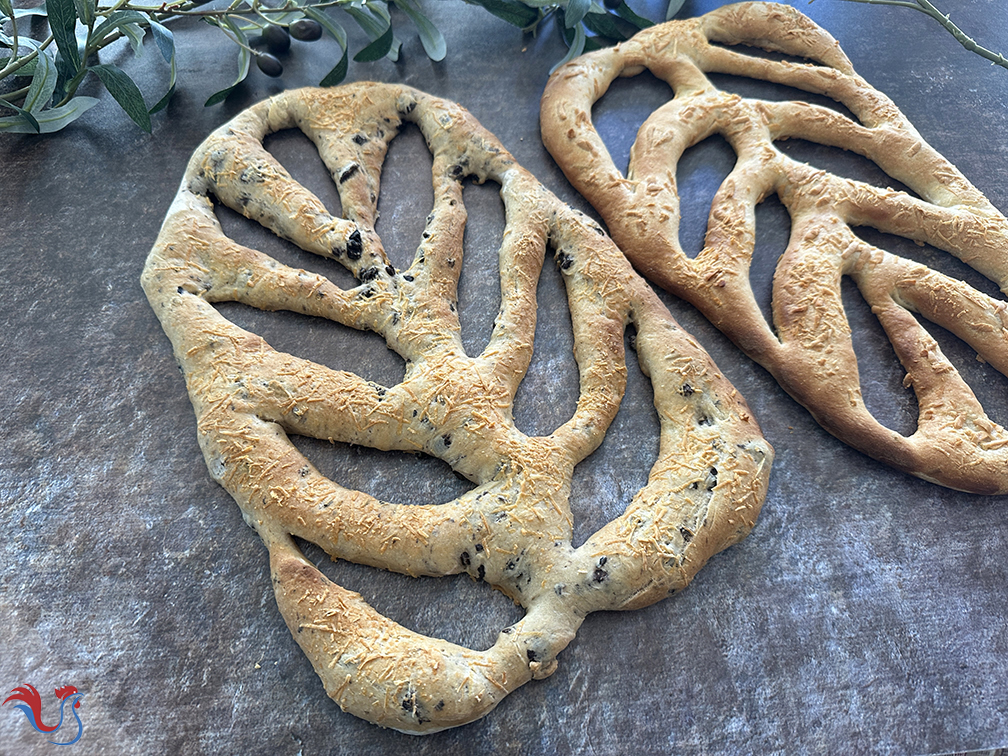

A bread I love eating freshly made, with cheese on a Saturday afternoon!
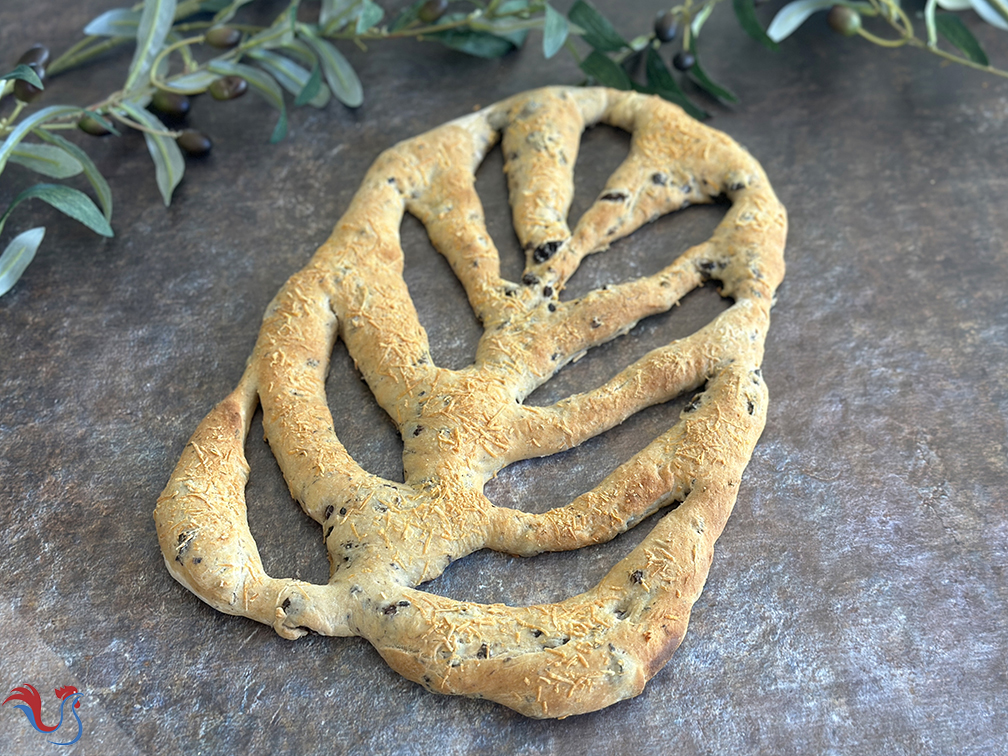
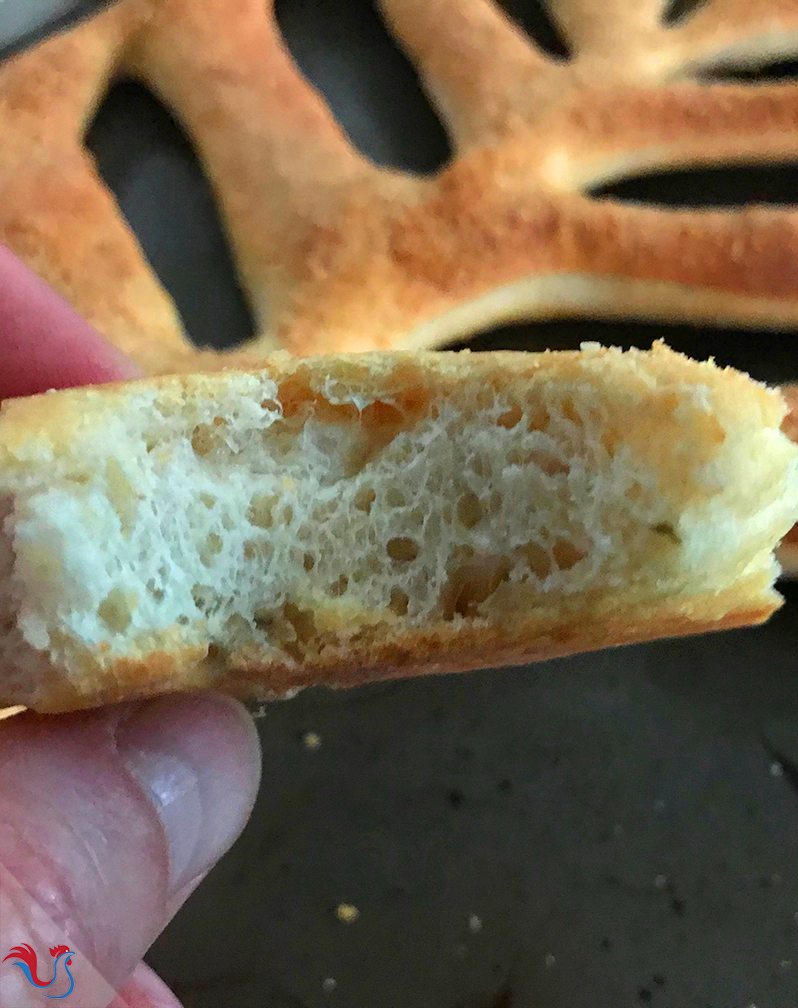
Origin of the recipe
Fougasse dates back to Roman times where the term Panis Focacius was used to describe a flat bread baked in the coals of wood-fired oven.
Bakers used to bake fougasse first as their test batch in order to assess the oven readiness for the remainder of their breads.
The typical shape represents an ear of wheat, but other shapes are popular in Provence bakeries.
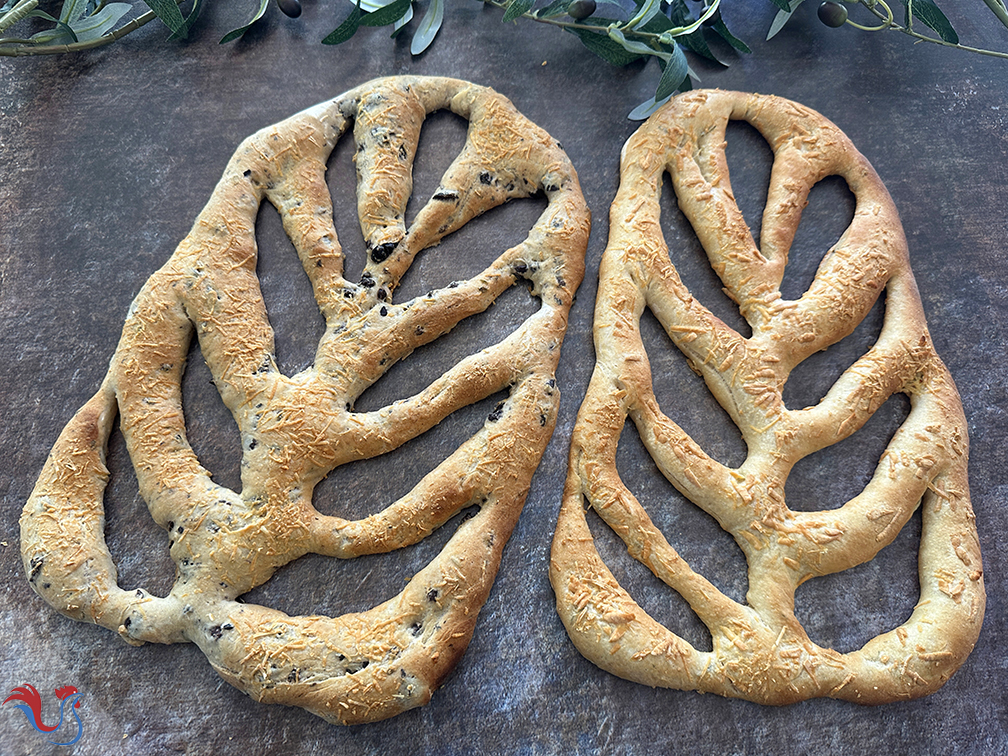
The recipe is in the Magazine Volume #7, Issue #5 (2013).
The recipe is on page 60
The Chef here is Cyril Hitz, a well known Baker in USA from Rhode Island, author of a series of bread books.

Modifications to the original recipe
I modified only a few things...
● I divided the quantities in half
● Cyril Hitz adds some Malt (8 grams) that I didn't use because I didn't have any !
● I increased the quantities of Rosemary and Dry Yeast
● I sprinkle some Parmesan Cheese (instead of sea salt) because I love that salty cheese taste...
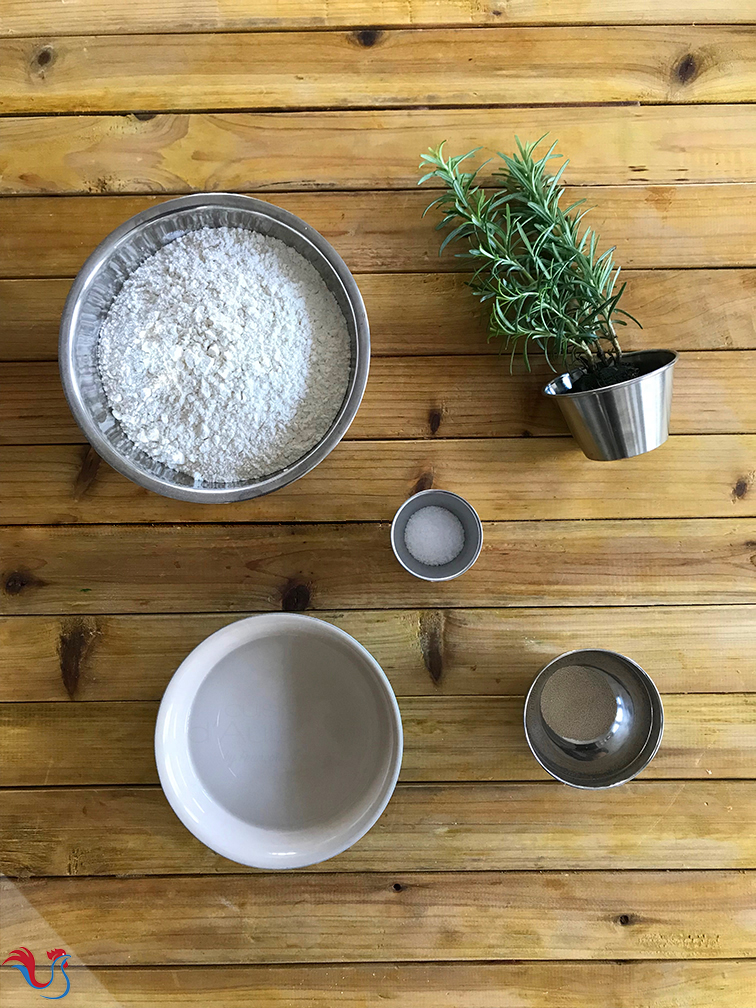
The Poolish starter
1. We start with the Poolish, or bread starter
2. One important note is to avoid tap water : the chemicals in tap water can "kill" the poolish
3. I use filtered water from my fridge dispenser, but you may use bottle purified water or better, a pure water like "Evian" or "Volvic", brands that I can find at my local "Ralph's" supermarkets in the States.
4. For the Flour, take a Bread Flour
5. Mix together the Flour (1 Cup or 150 g), the Water (⅔ Cup or 150 g) and the Dry Yeast (1 teaspoon or 2 g)
6. You may use simply a spatula or like me, use a bread machine
7. Cover with plastic wrap
8. Make a small cut to let the air go through so to let the dough breathe
9. Allow to ferment at room temperature overnight
 Compact Bread Maker Cuisinart
Compact Bread Maker Cuisinart Breville Loaf Bread Maker
Breville Loaf Bread Maker KitchenAid 7-Quart Stand Mixer
KitchenAid 7-Quart Stand Mixer
The Bread
11. Add to the poolish the Water (1 Cup or 220 g) then the Dry Yeast (1 teaspoon or 3 g)
12. Add the Flour (3 Cups or 450 g)
13. Add in the Salt (2 teaspoons or 12 g)
Kneading
Knead with a bread machine or with a stand mixer (like a Kitchen Aid appliance), using the hook (or manually)
Proofing
17. Place dough in an oiled container and let ferment for about 2 hours, covered with plastic wrap
Abaisse
20. Roll them flat with a rolling pin
21. You should obtain 2 rectangles, of dimensions 7.87" (or 7 7/8" or 20 cm) by 14.17" (or 14 11⁄64" or 36 cm)
22. Cover with plastic wrap to prevent a crust to form
23. Transfer onto a silicone mat sprinkled with corn meal
24. Let the doughs rest for about 10 minutes
 Wooden Rolling Pin
Wooden Rolling Pin Rolling Pin with Removable Rings
Rolling Pin with Removable Rings
Les incisions
25. Using a scraper, cut incisions on the top
26. Then cut incisions on the left side, on a 45 degrees angle
27. Same on the right side
28. Gently pull the fougasse dough along all corners, this opens the incisions
31. Brush with Olive Oil
32. Sprinkle some Parmesan Cheese (Cyril uses sea salt but I prefer this cheese instead)
You will love it, try it !!



 French Version
French Version 
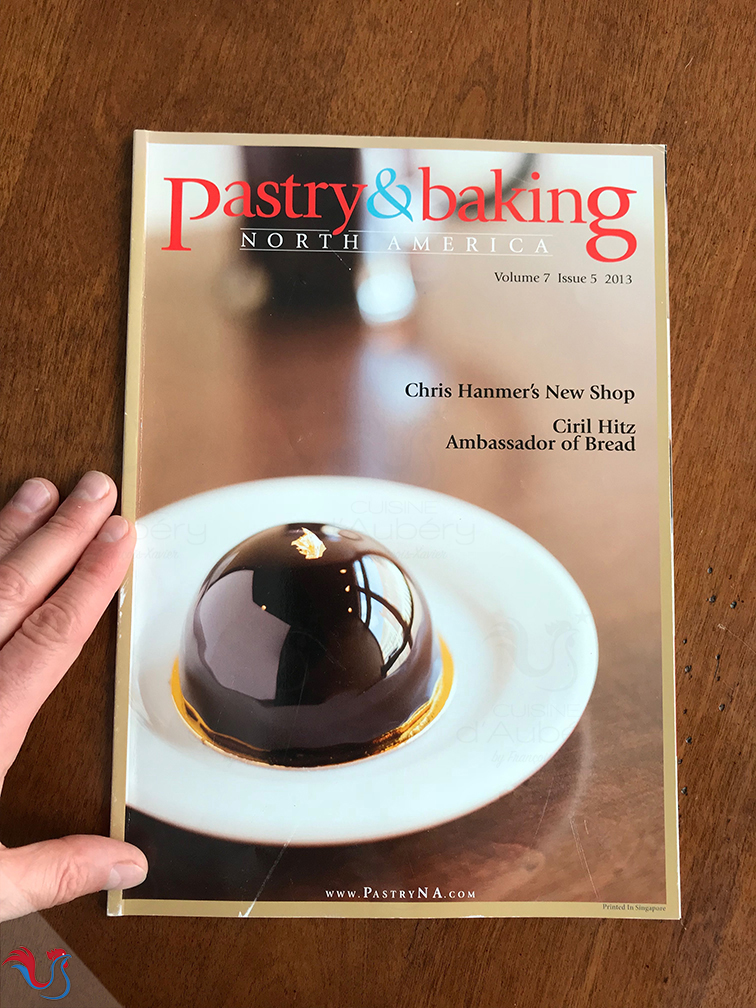

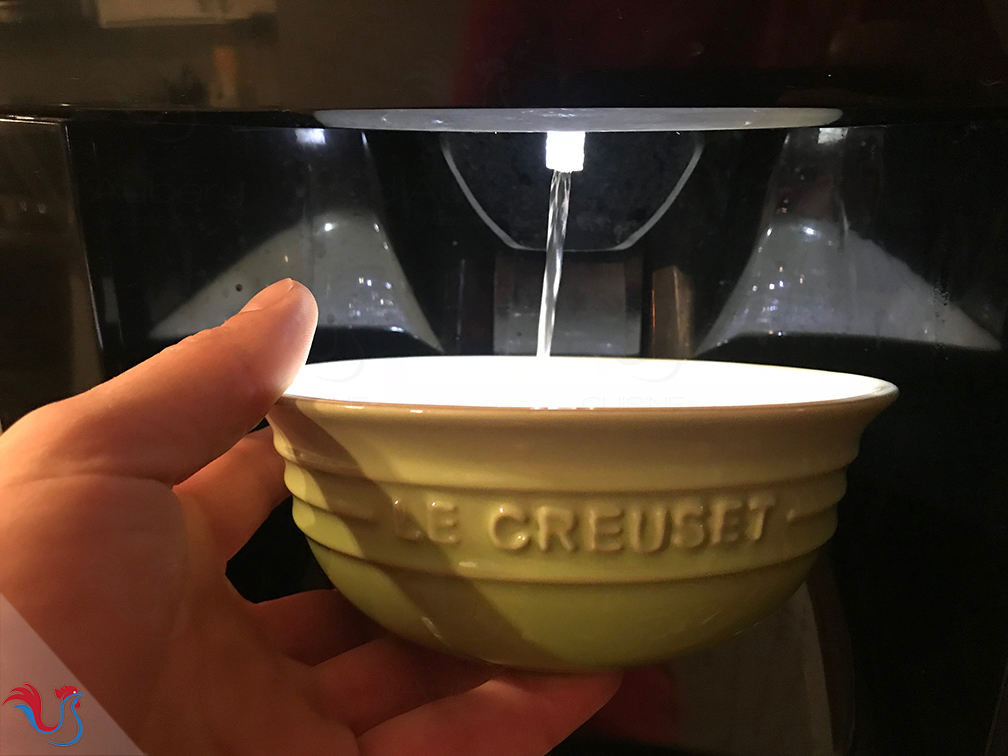
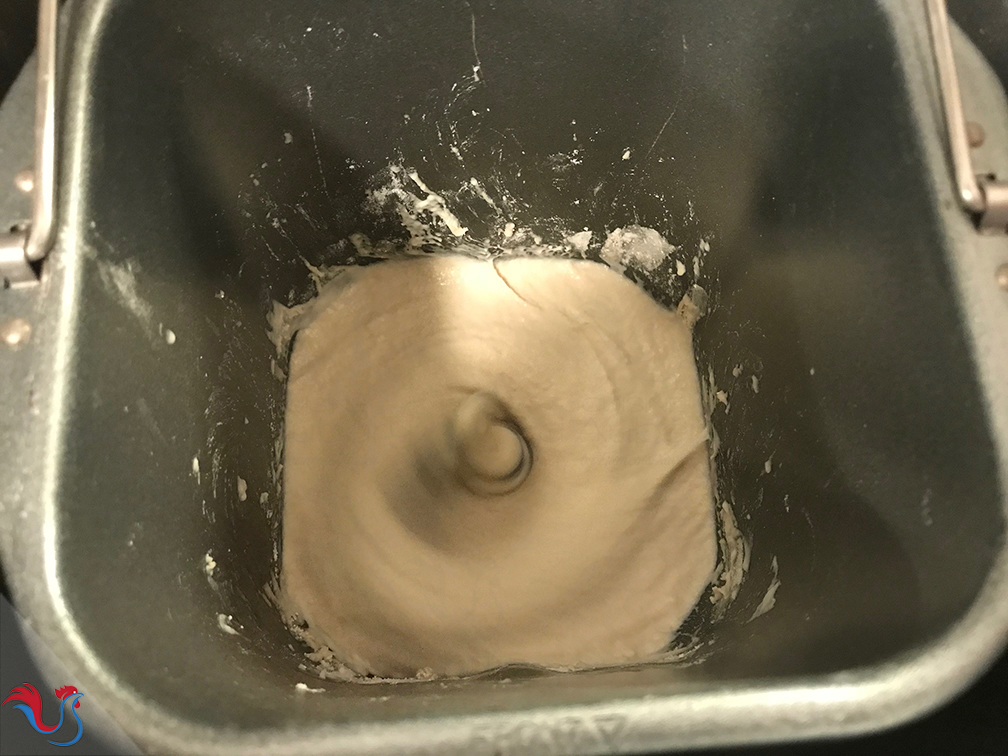
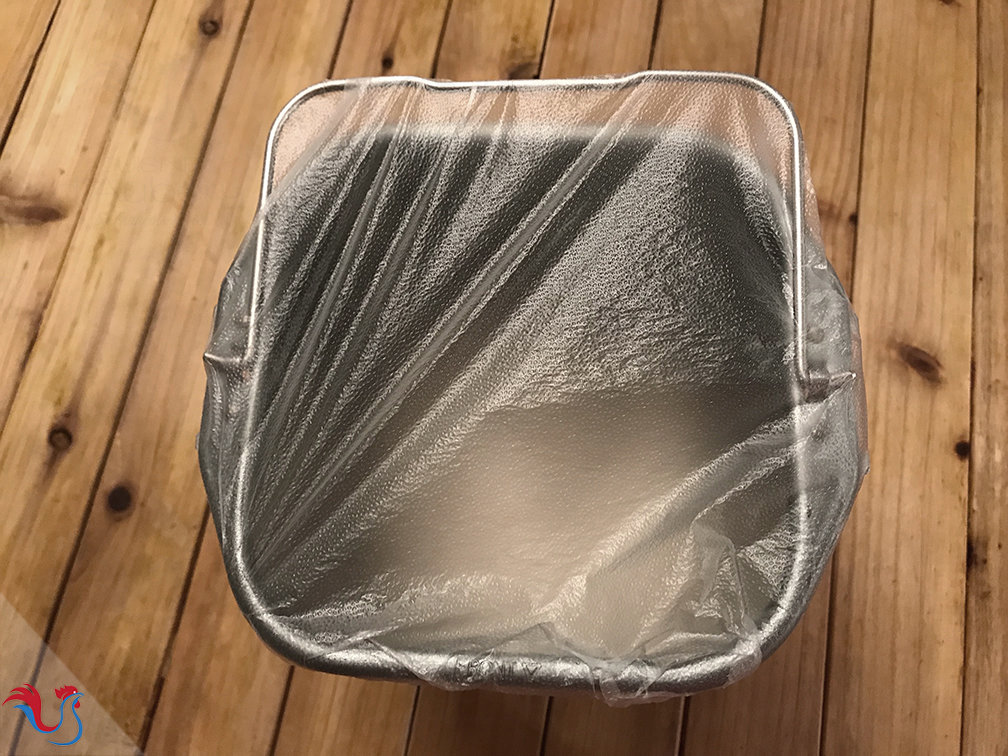
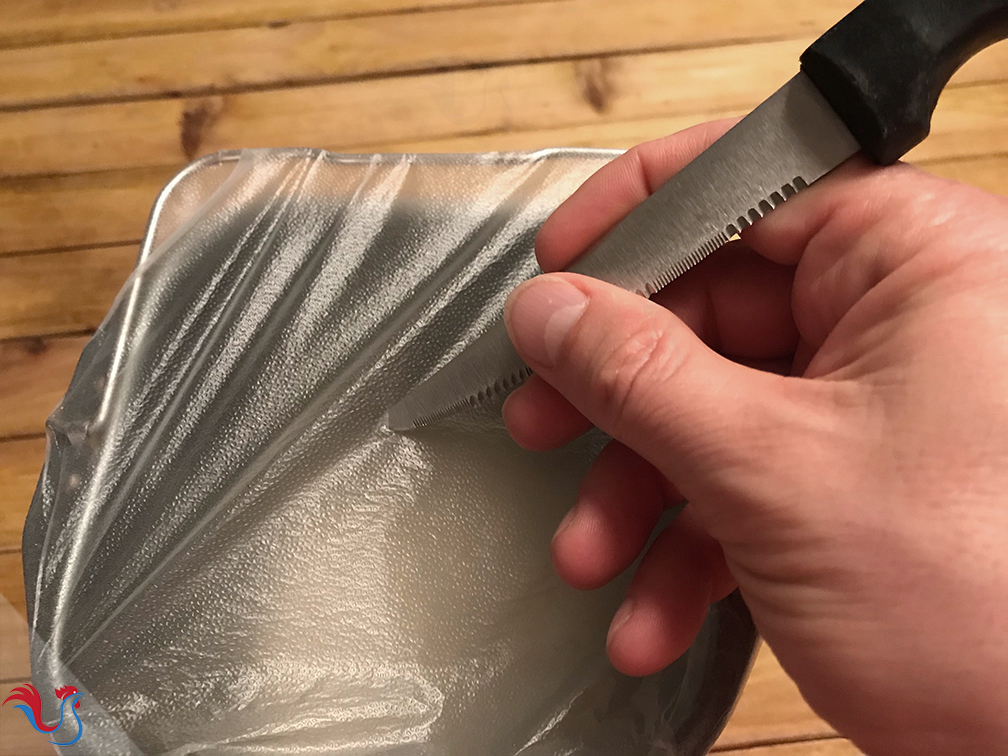
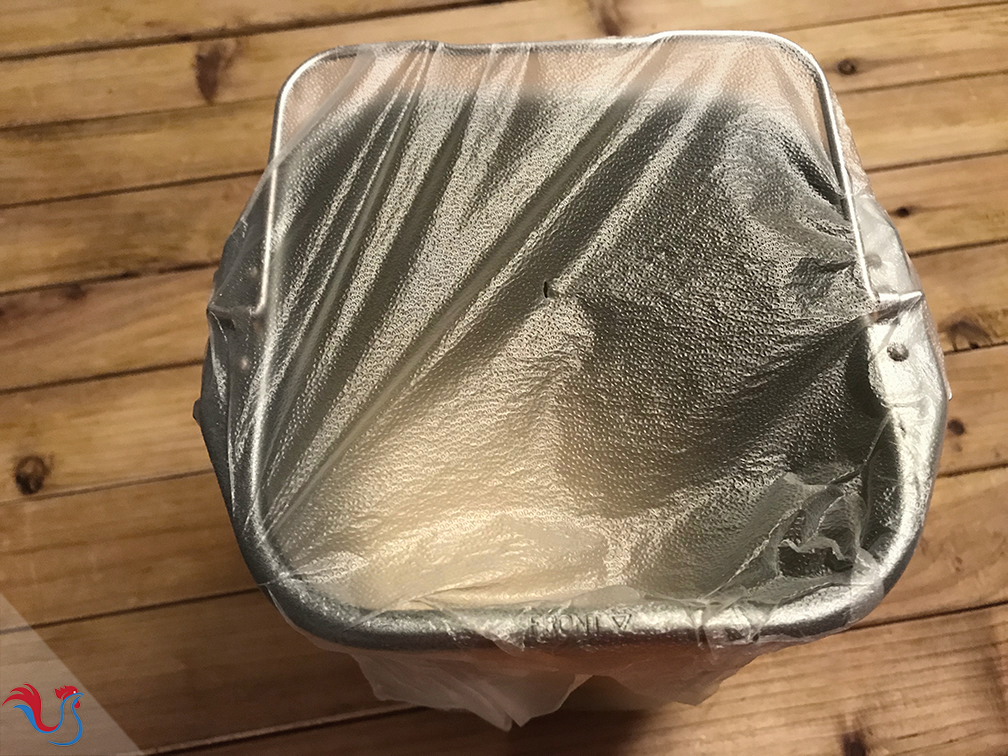
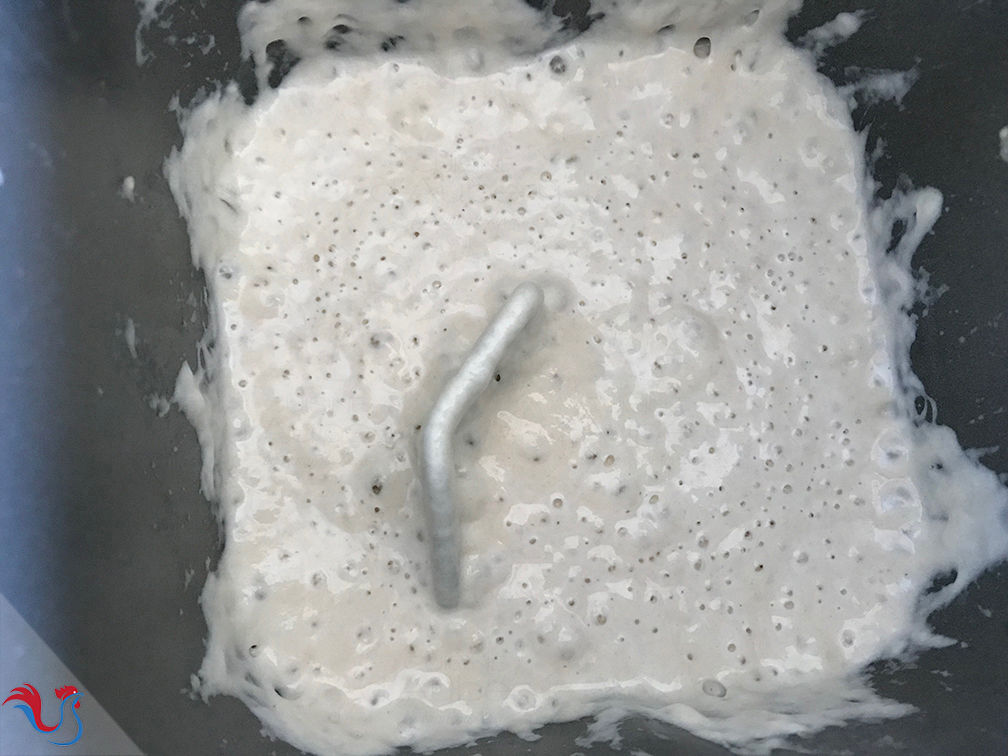
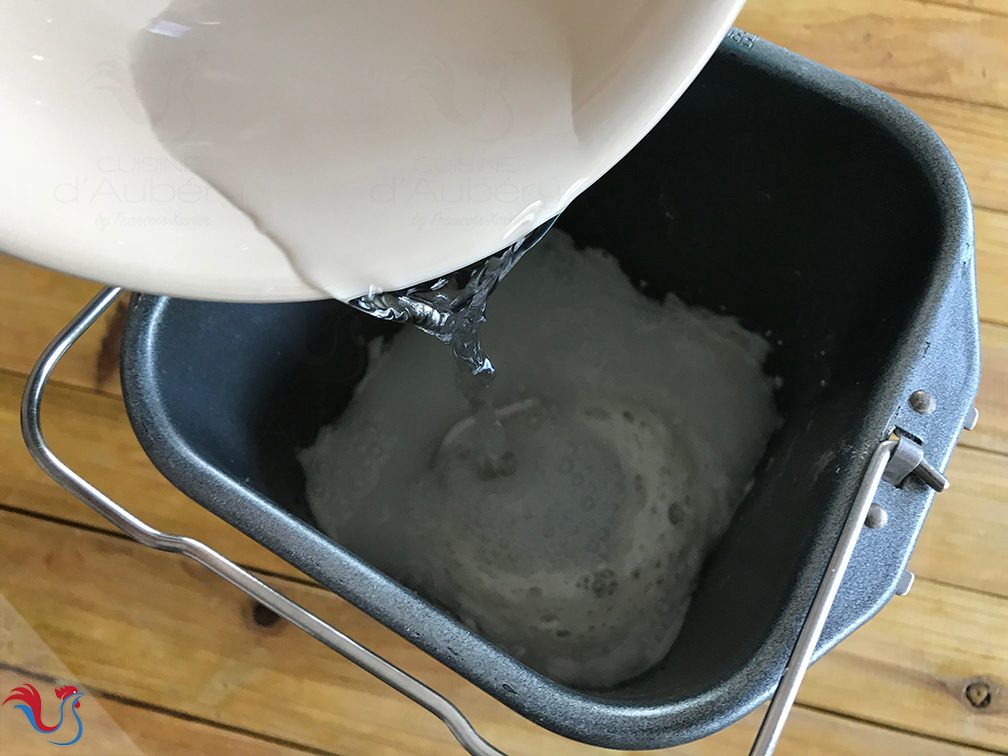
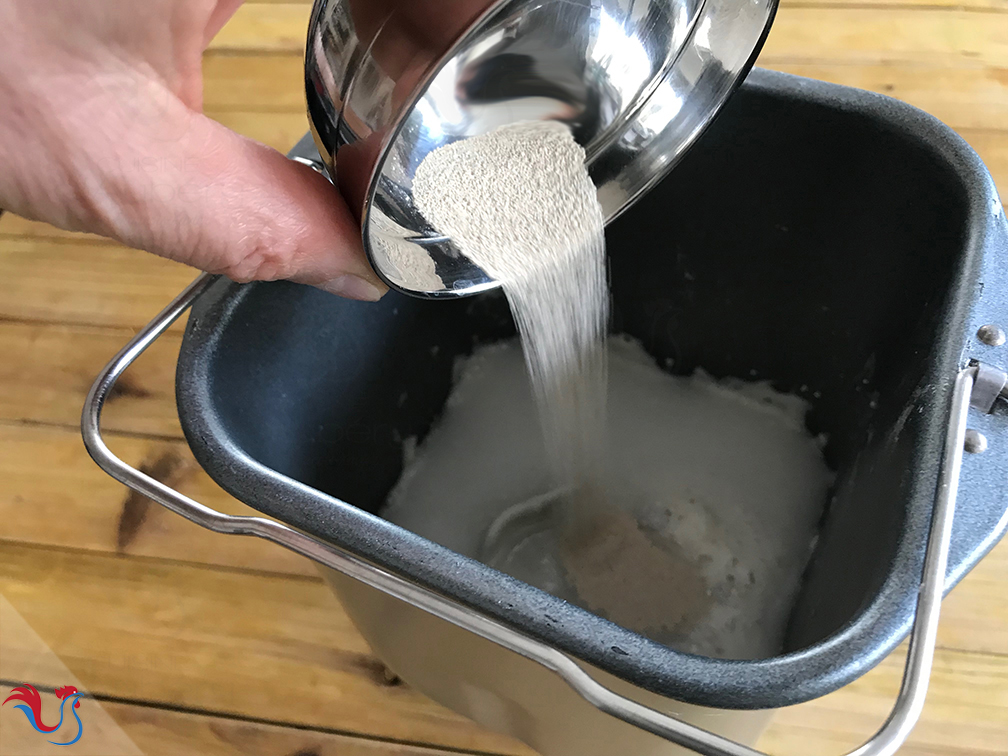
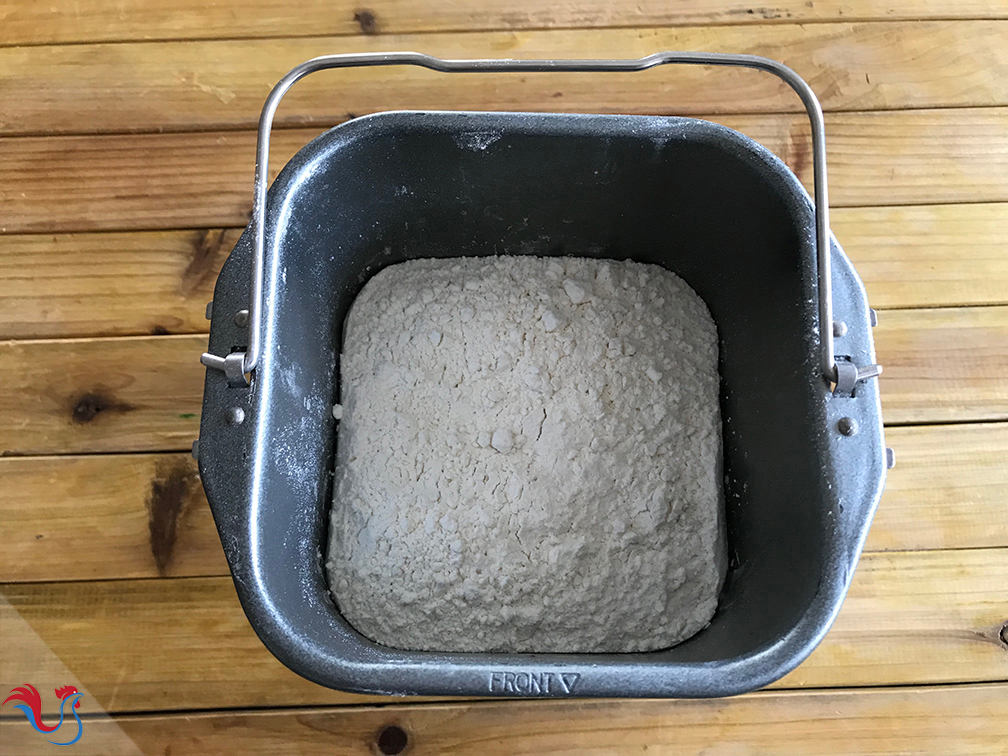
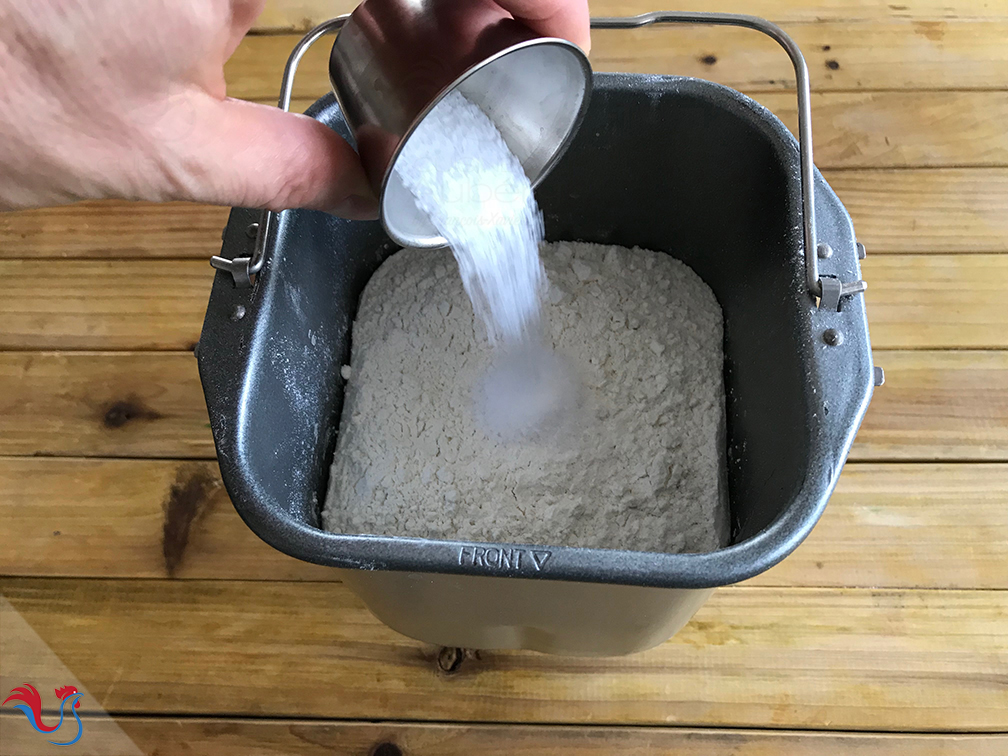
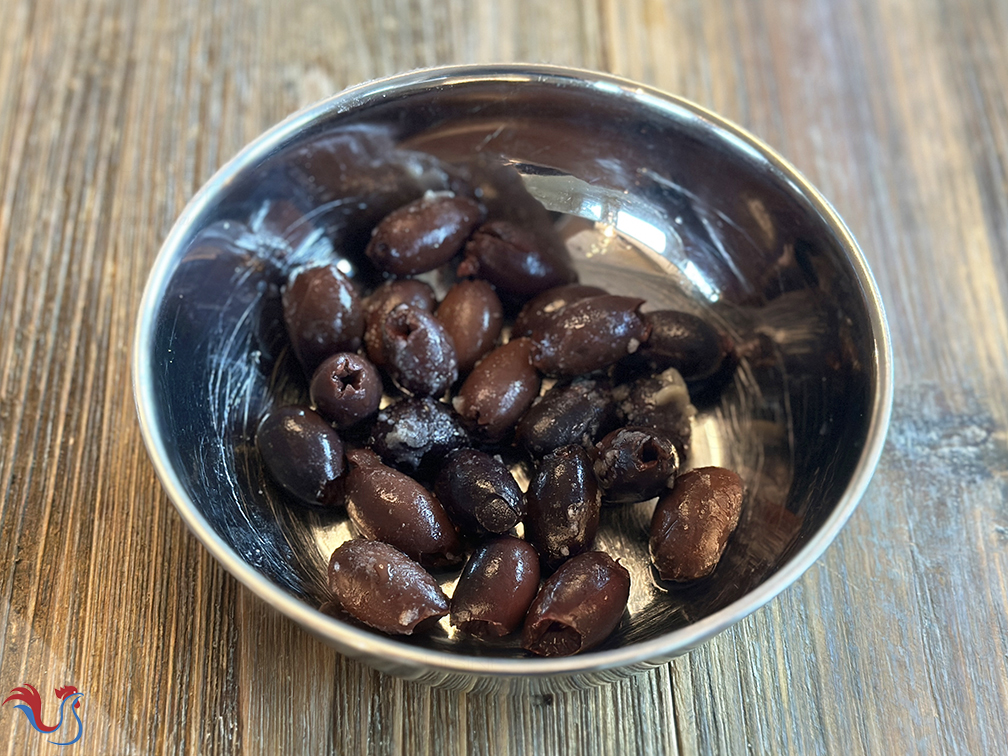
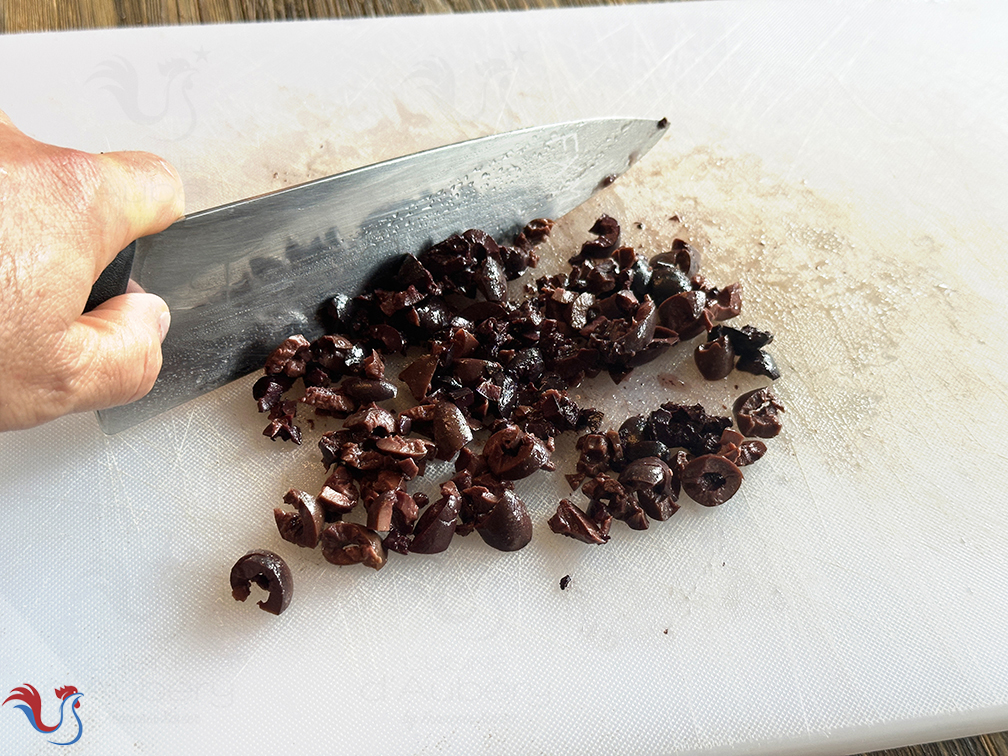
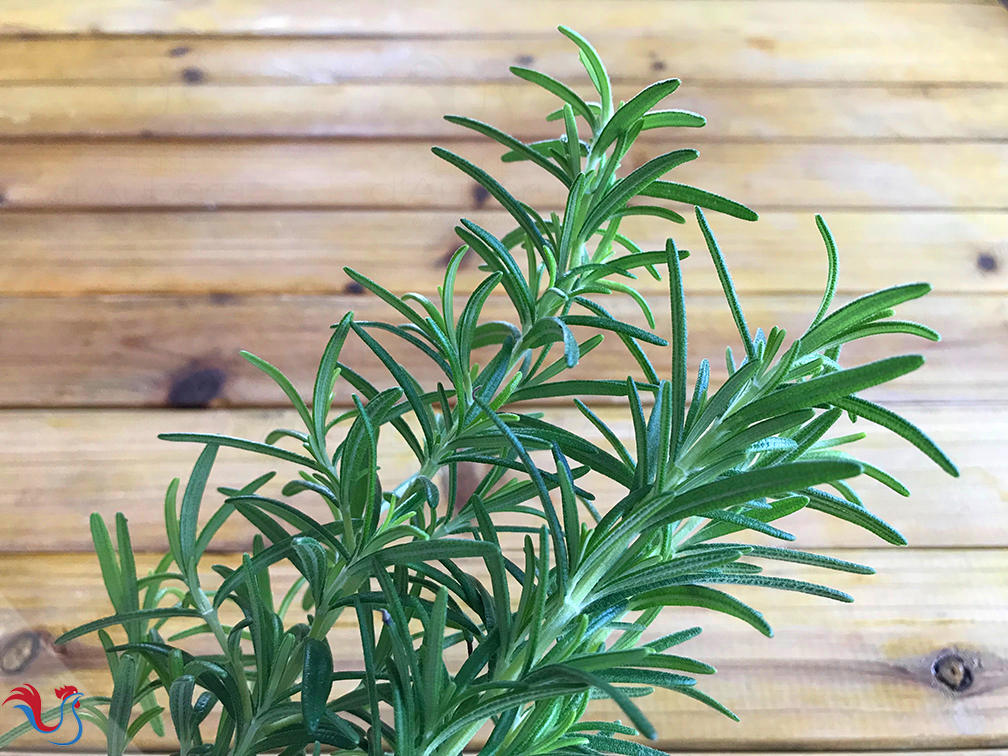
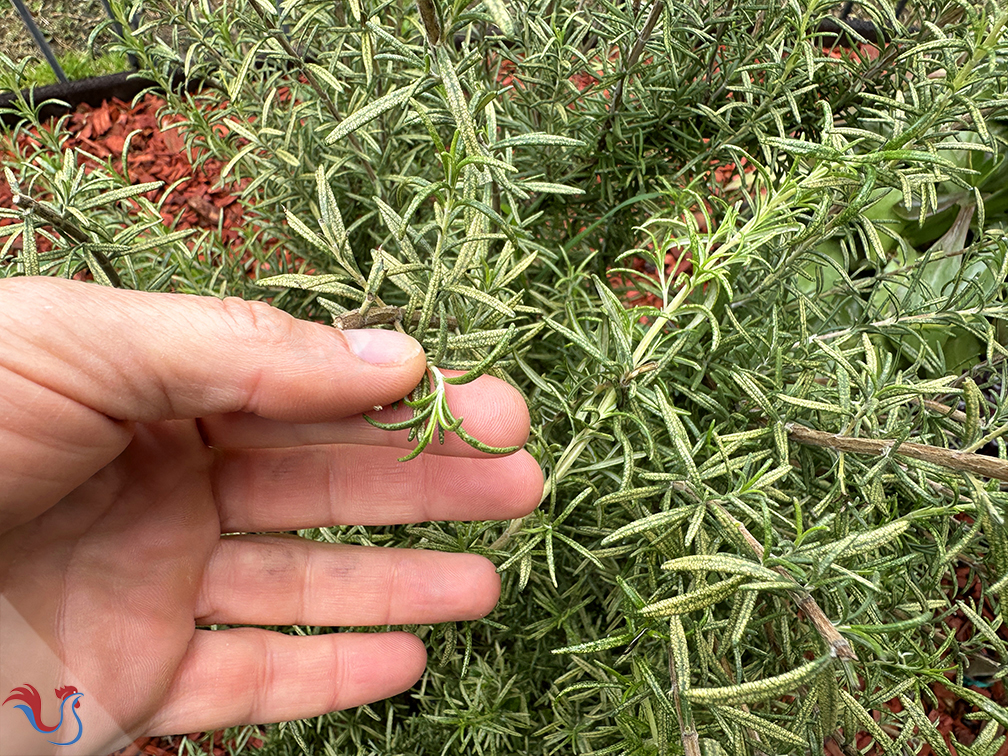
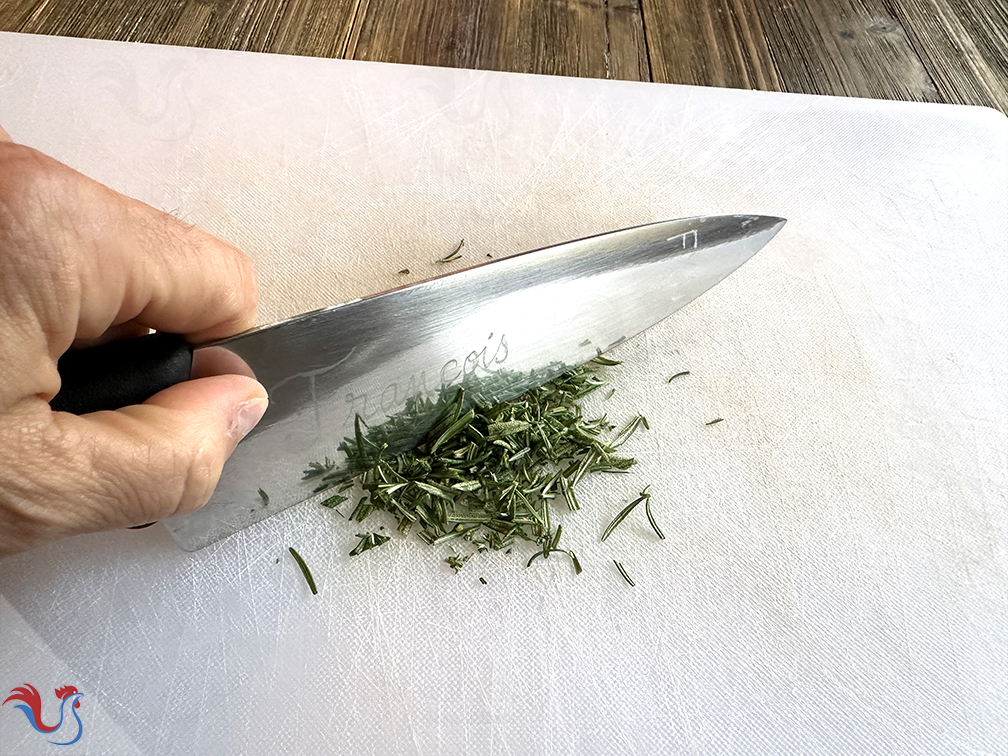
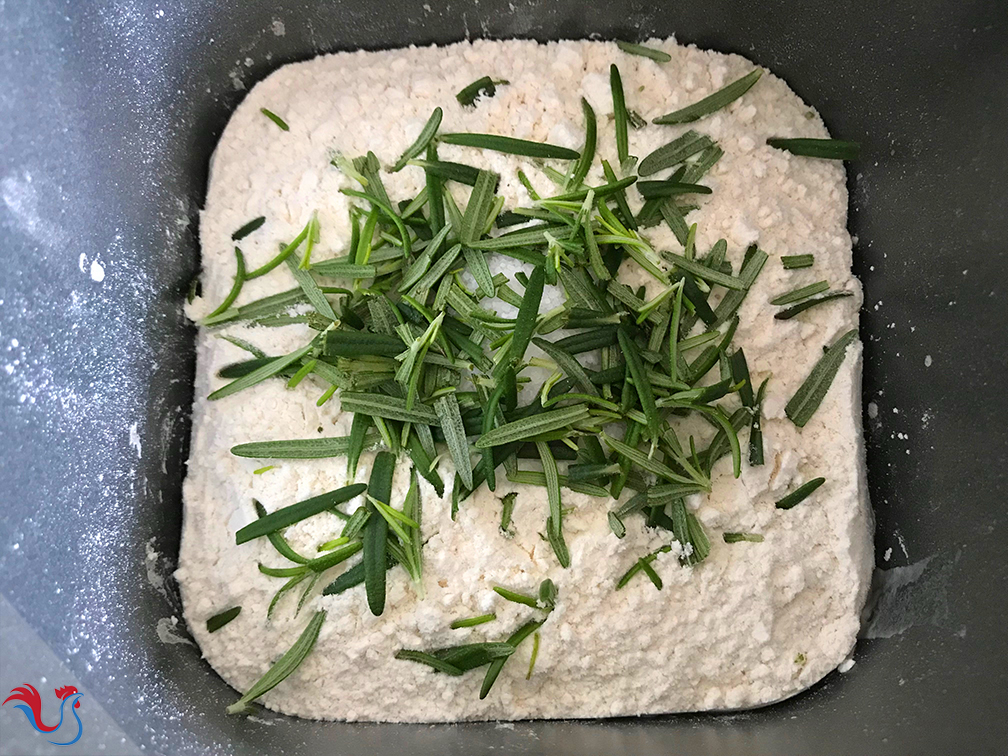


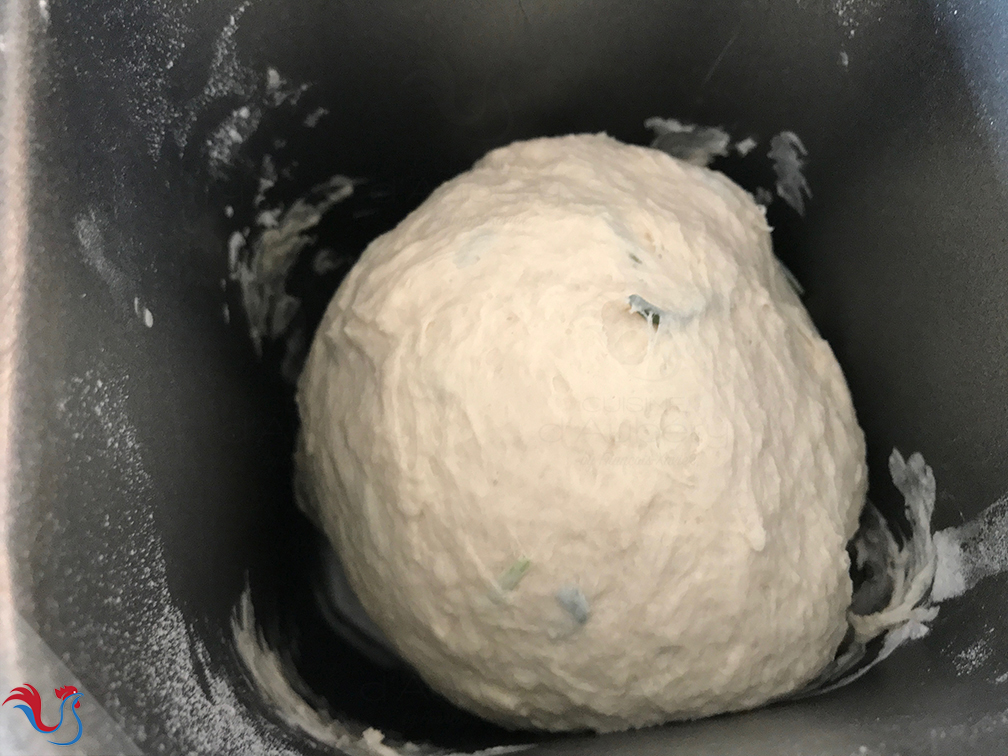

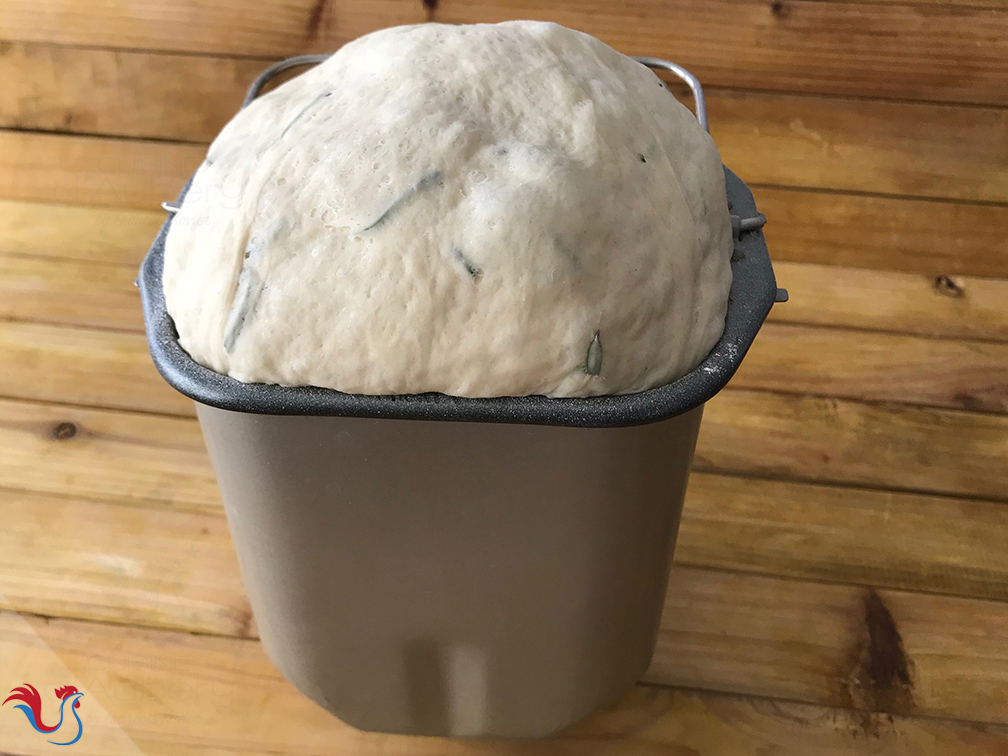
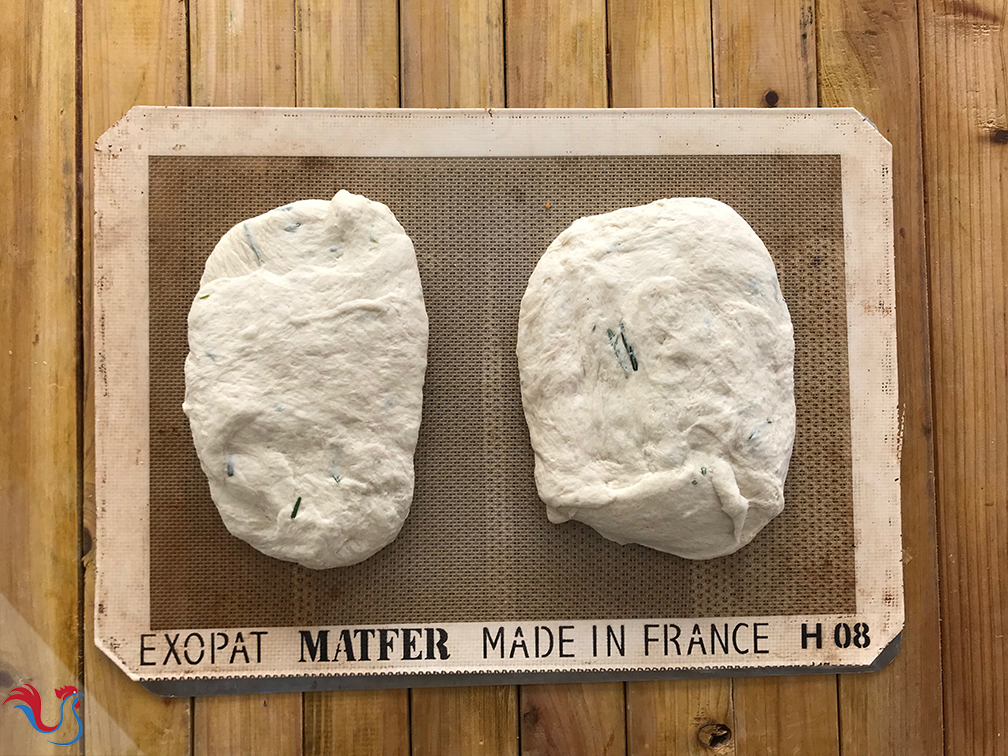
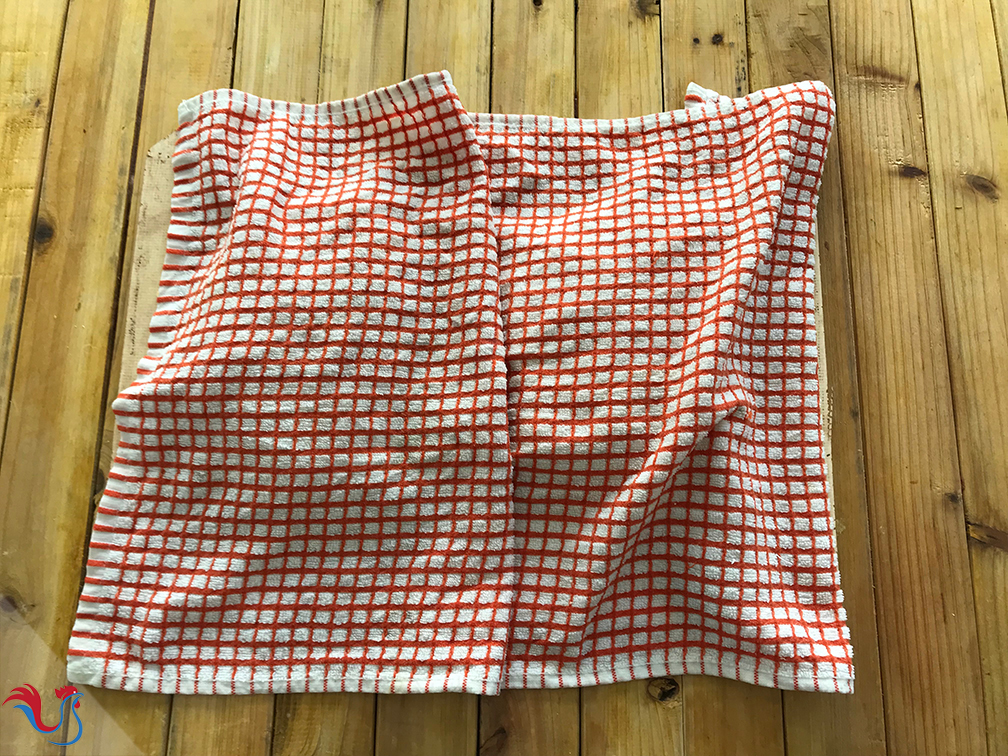
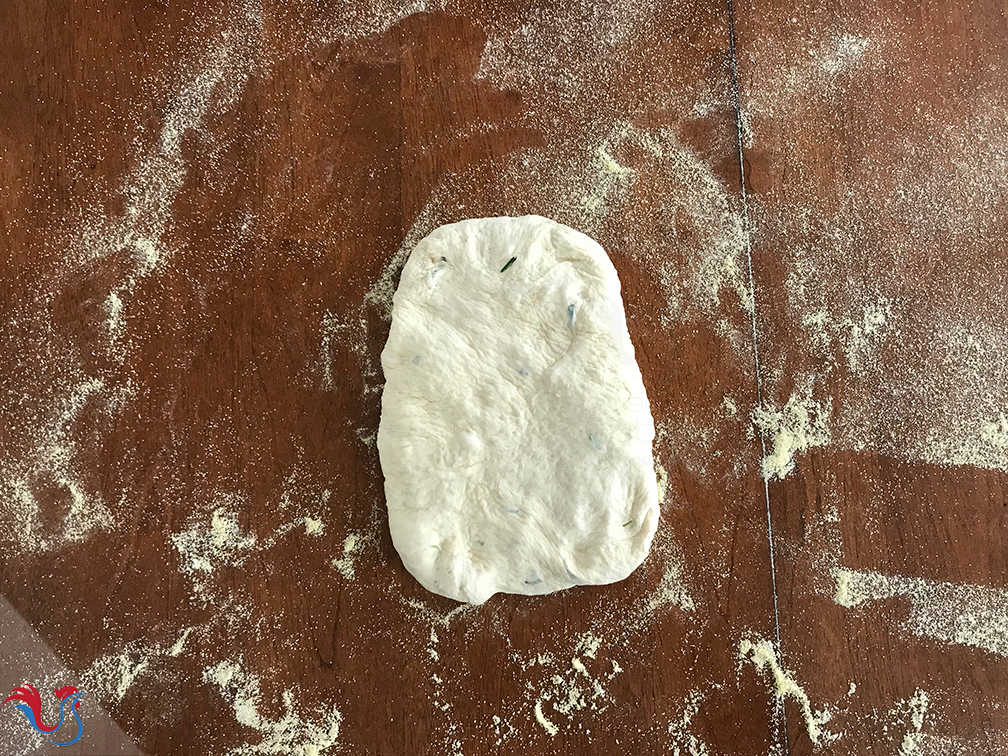
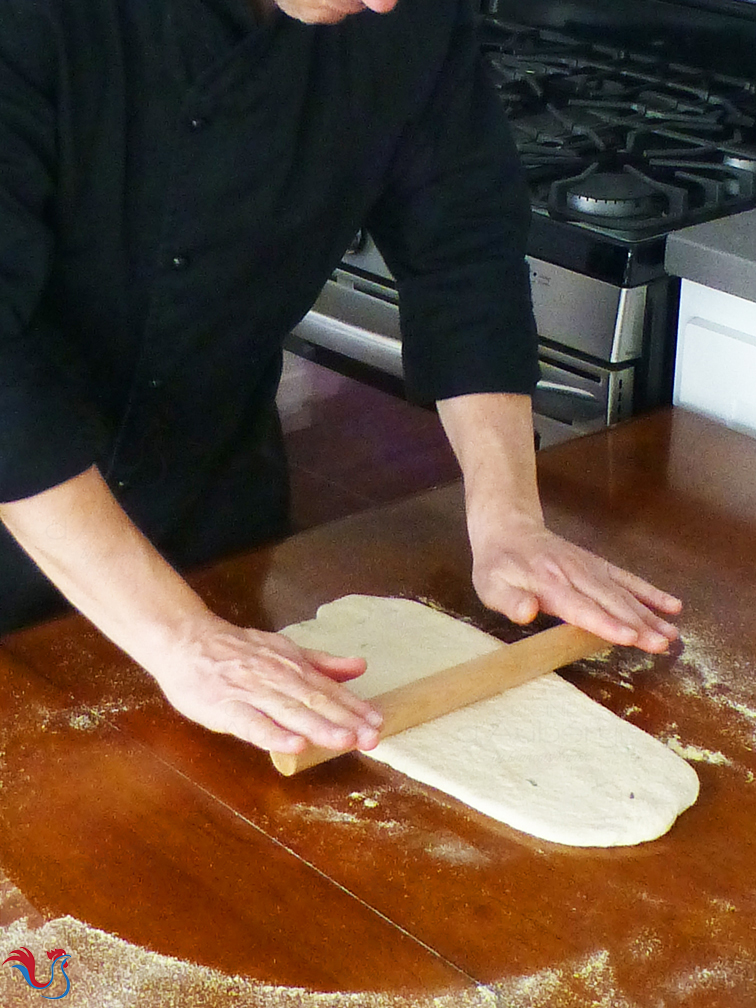
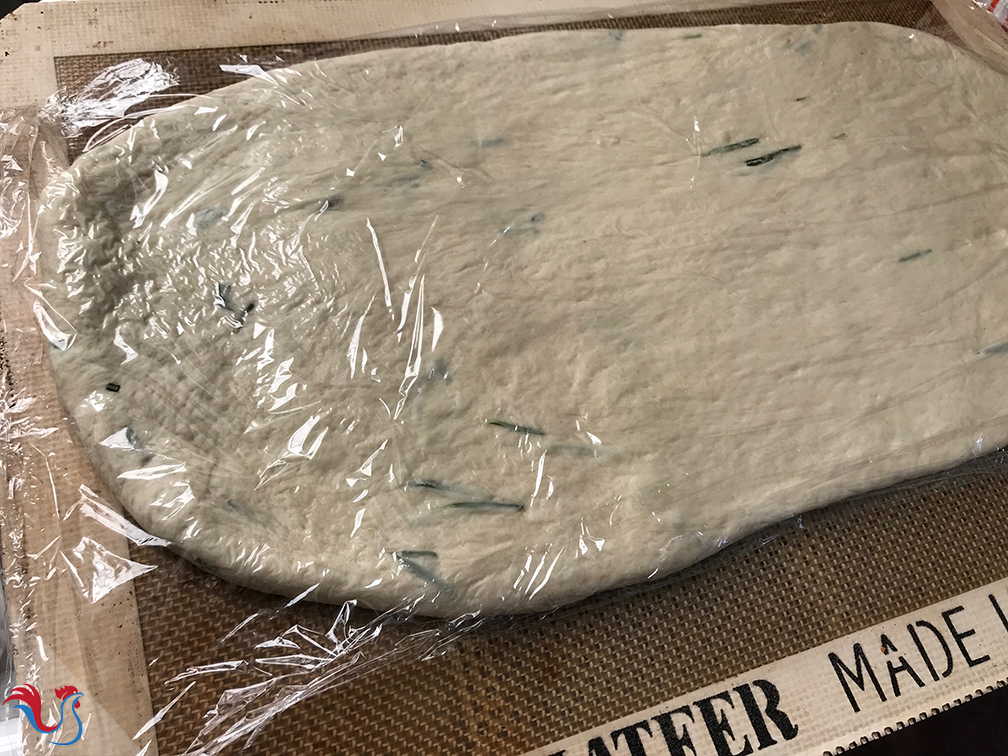

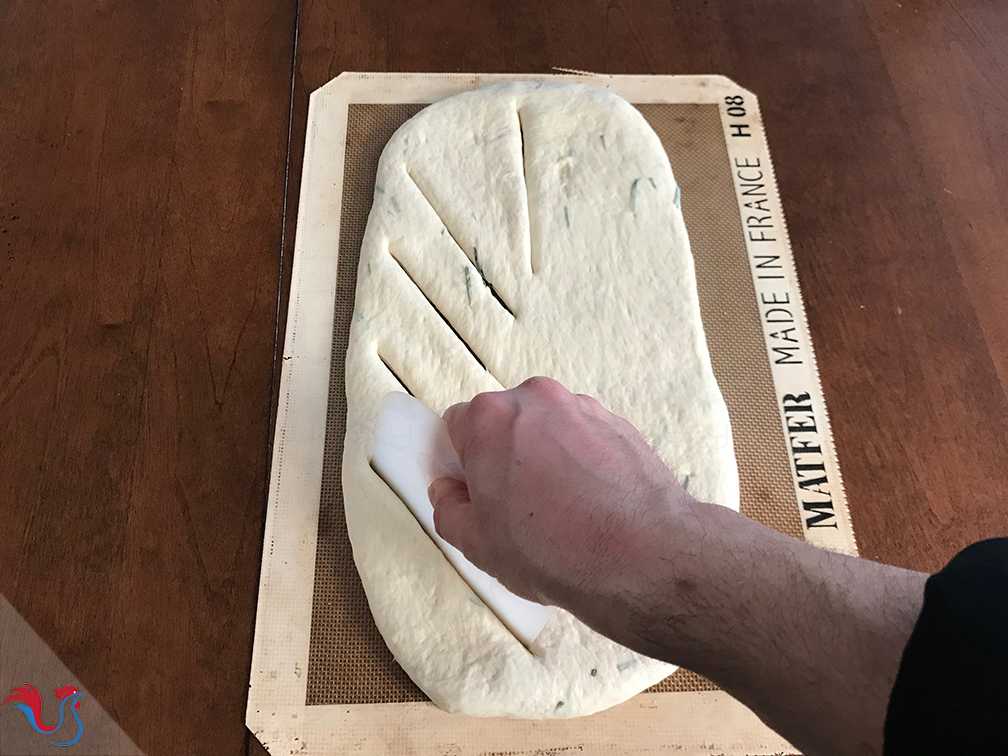
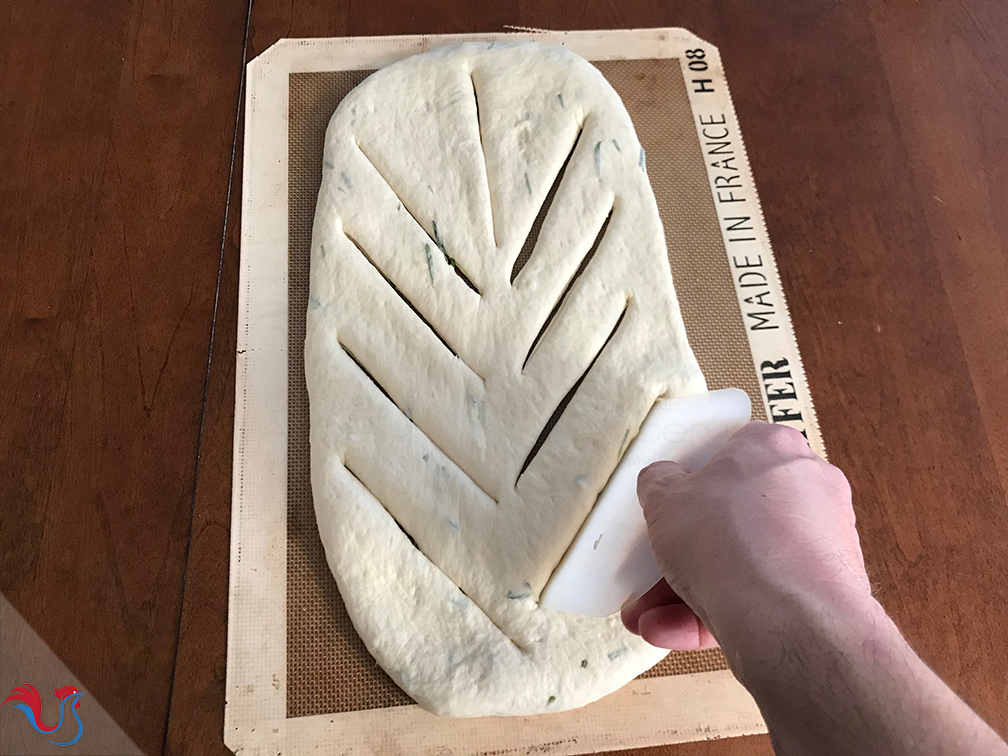
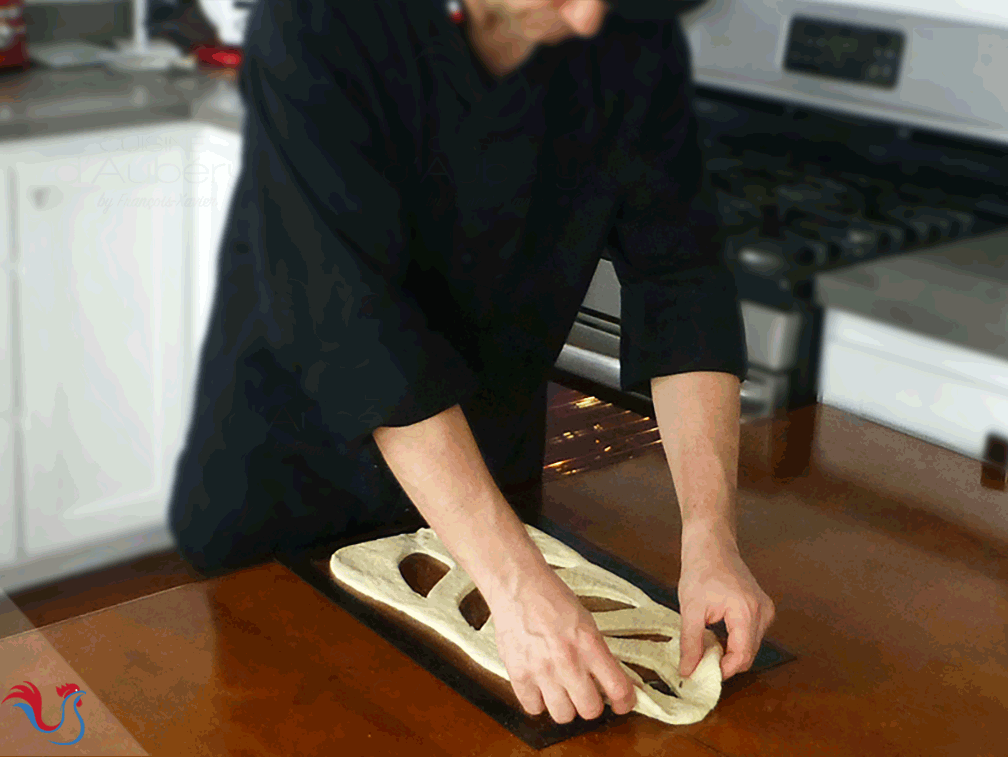
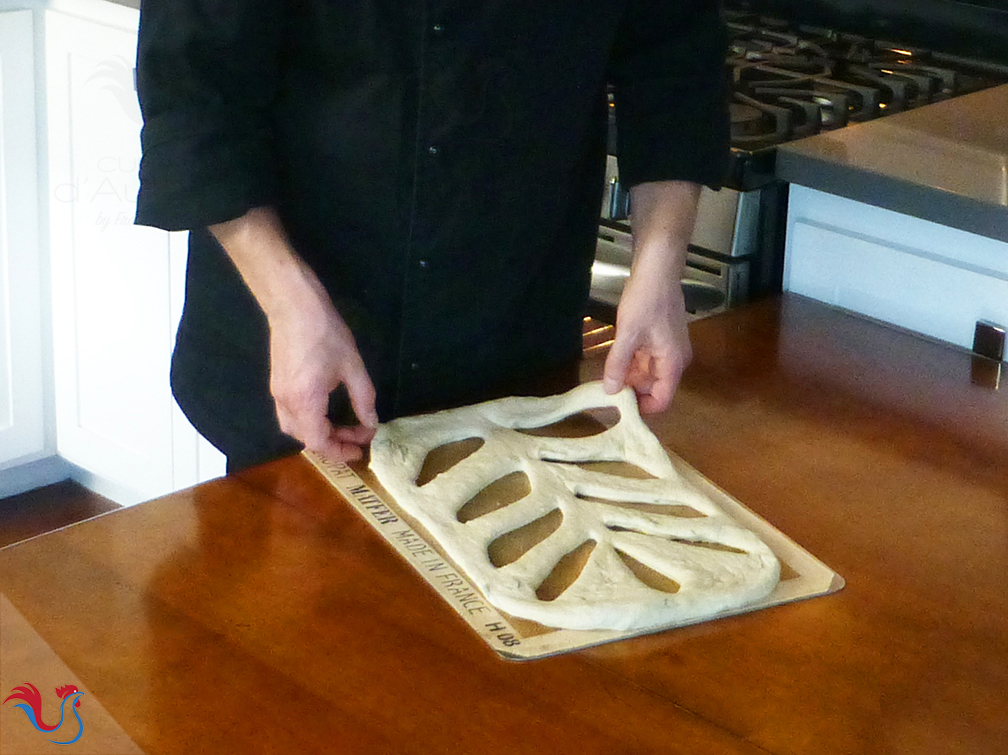
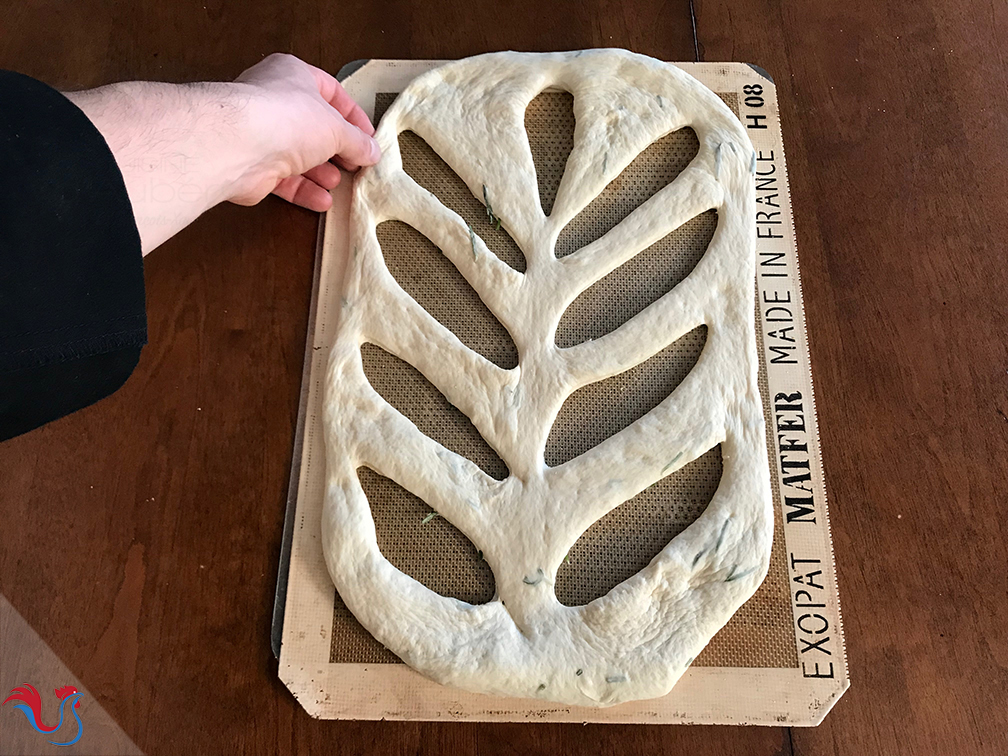

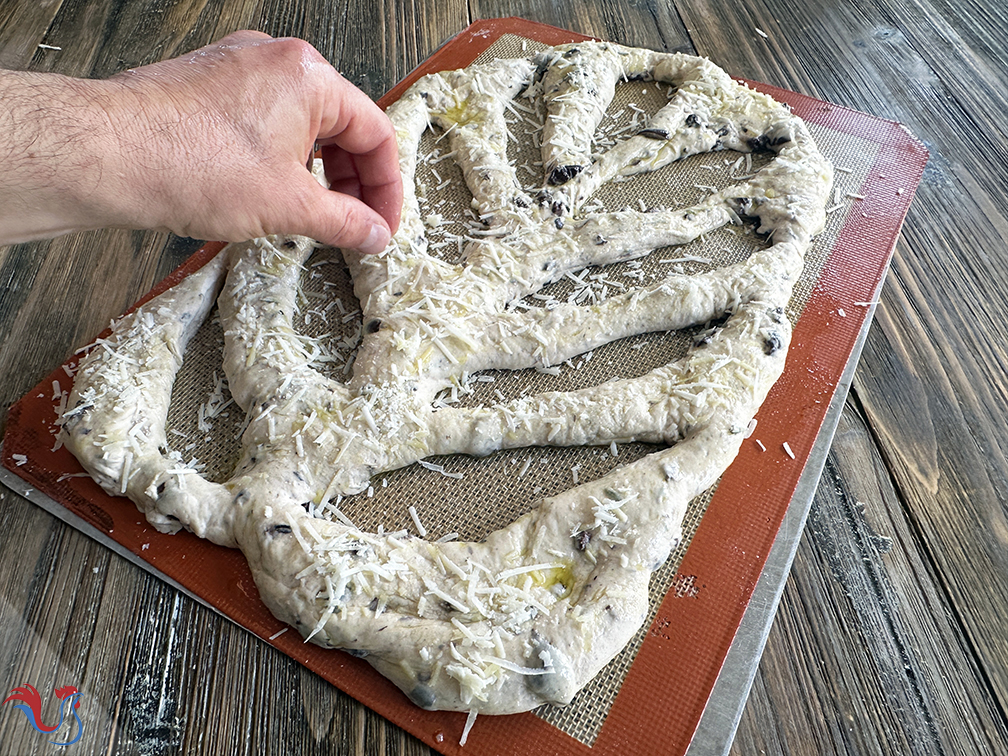
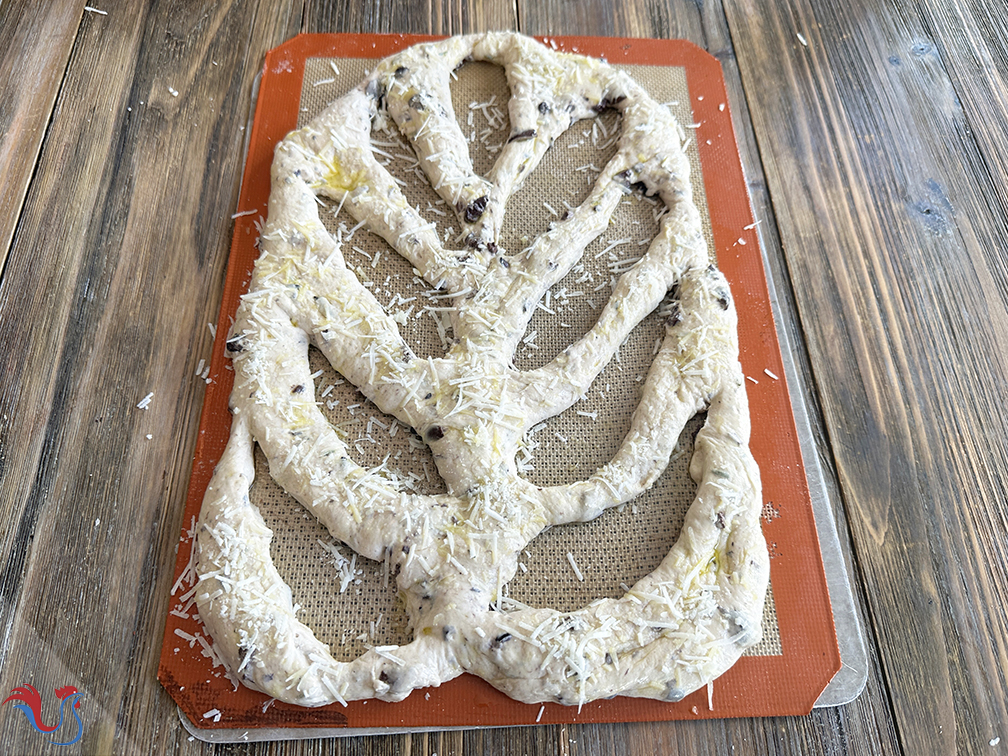
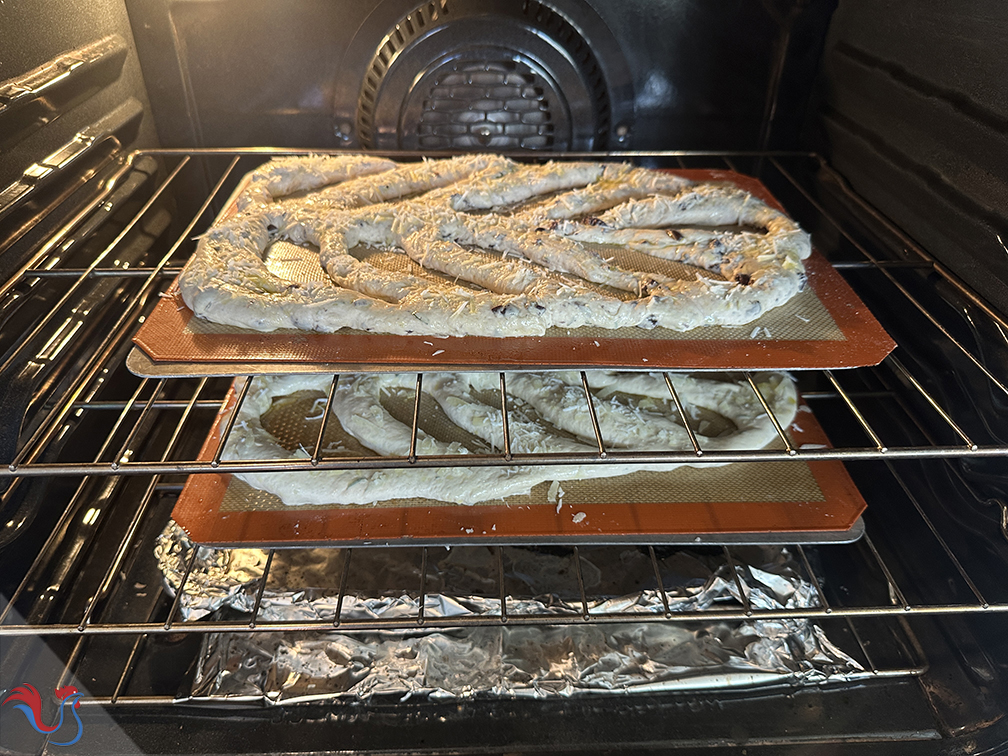
Made this for an old French friend visiting with us here in the USA at Christmastime. I thought it was really good, but HE said he hadn't ever tasted better at home (almost had to remind him to share it with the rest of us)! I used my bread machine on dough cycle. Added 1/2 C sliced olives and 1/2 C caramelized onions with the rosemary 5 min before the end of the knead cycle so as not to pulverize these nice ingredients. Served with my wife's fantastic Polish version of beet soup, selection of cheese, and a nice red wine. Why go out when you can eat like this at home. Taste of Heaven. Thanks for the recipe!
That's wonderful ! I'm sure your friend was delighted to eat fresh fougasse out of the oven !
Looks delicious ????